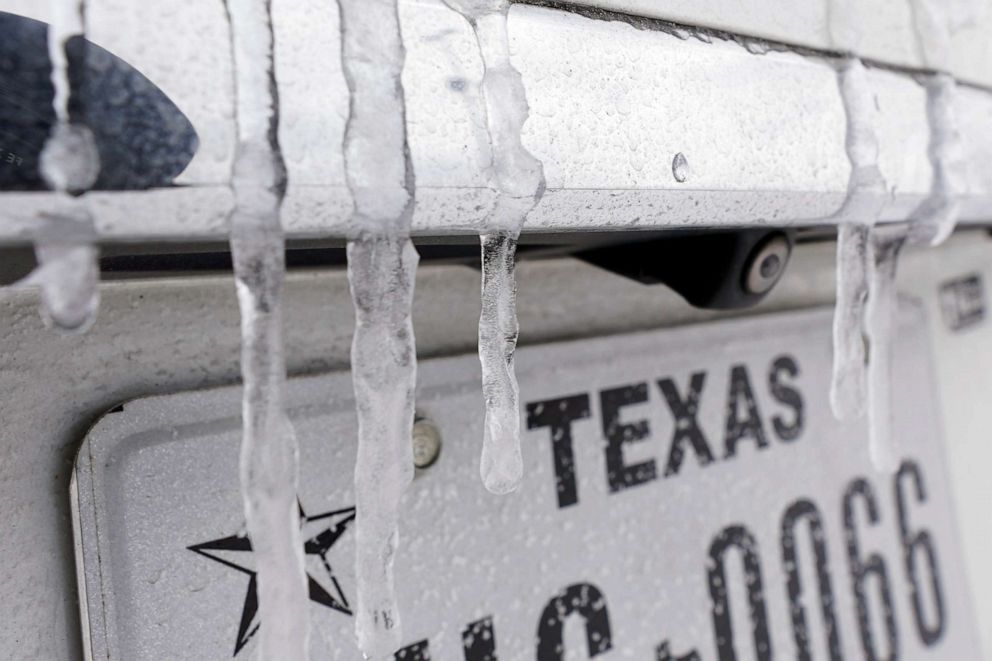The National Oceanic and Atmospheric Administration (NOAA) released its winter outlook last October. It called for warmer than normal temperatures in the northeast and southern U.S. due to the presence of La Niña. That meant New Jersey would see very minimal snowstorms or blizzards (a repeat of the previous winter season). In the northwest and midwest regions, colder or at least closer to normal temperatures were favored.

An active winter pattern has led to several large winter storms that have dumped over two feet of snow in some parts of the state. Similarly, the south has seen record low temperatures while being devastated by winter storm Uri. It seems quite clear that the winter season turned out very different from what forecasters were calling for. How could the predictions have been so wrong as weather forecasting technology continues to advance?
Many have pointed towards climate change as the driving force behind the severe weather events such as what we have seen last month. It is important to note that one weather event cannot be used to draw any conclusions regarding the situation of the climate. Instead, scientists look at patterns when linking climate change to colder weather. However, climate change critics have questioned if the globe is actually warming. Could the worsening climate situation be causing weather forecasting to be increasingly difficult? Well, the answer to that question is quite tricky.
Scientists have not totally agreed on whether climate change is truly to blame. A team of scientists led by Judah Cohen published a 2020 article that links the melting arctic to more extreme winter weather events in North America. The researchers in that study suggest that there is a relationship between these cold outbreaks and heavy snowfalls with the increasing temperatures in the arctic. The fundamental theory behind it all says that the warming Arctic has led to a weakening polar vortex, which makes it easier for cold air to flow more southerly.
However, some researchers are hesitant to draw any conclusions between climate change and the extreme cold. A 2020 article published in Nature argues that such conclusions are not backed up by strong evidence. They also say that the cooling trends are unlikely to continue in the long-term.

The arctic air that moved into the south overwhelmed millions of Americans who were accustomed to mild weather around this time of year. However, it did not come as a surprise that NOAA’s Climate Prediction Center warned of extreme cold air and winter storms to plunge into the south over a week before it happened. Some might argue it is impossible to winterize an entire power system within that short period of time. In this instance, it was clear that it wasn’t a question of whether the forecasters had it wrong, but rather Texas was not prepared. Moving forward it seems that these states will need to reassess how they prepare in a world where the climate is rapidly changing.
Be First to Comment